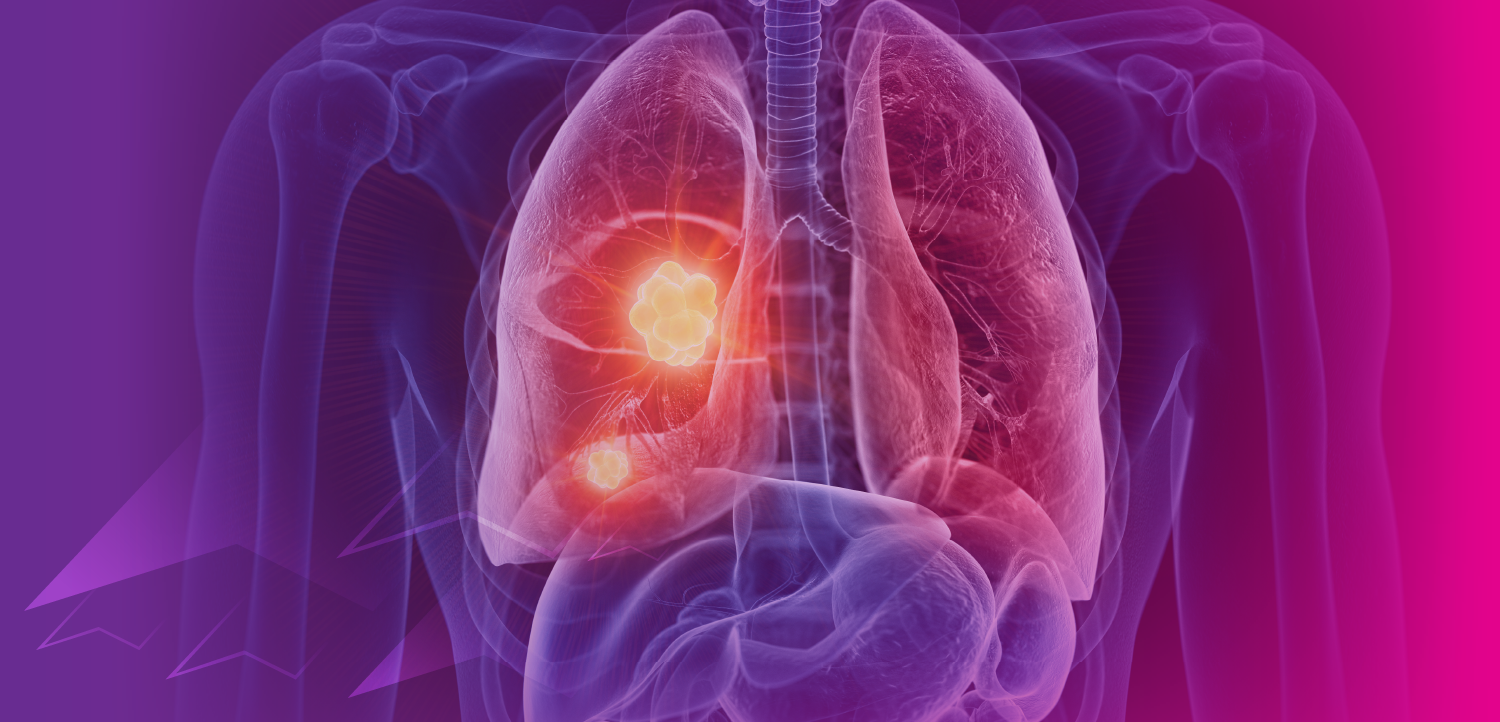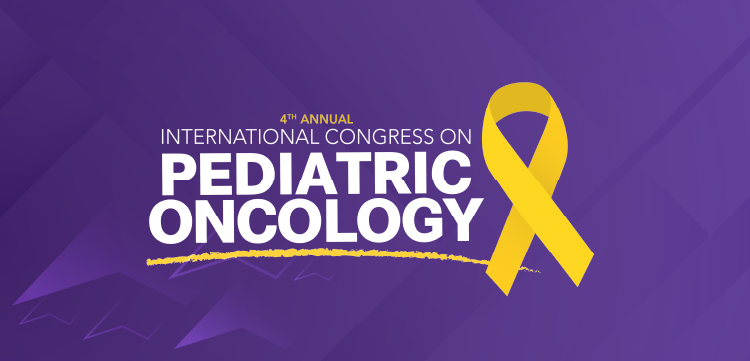
Madagascar's "Worst Plague Outbreak in 50 Years" May Finally Be Winding Down
The latest WHO External Situation Report suggests that the plague outbreak that has been ravaging Madagascar for months may finally be winding down.
Plague is one of the oldest—and most feared—of all diseases, according to the World Health Organization (WHO).
And right now, Madagascar is in the midst of their
Infamously known as the
Plague season came early this year for the large island nation—the epidemic season usually ranges from September to April—bringing with it an outbreak of predominantly the pneumonic form of the disease, which, according to WHO is the most virulent form. Pneumonic plague, or lung-based plague, is always fatal in infected individuals if left untreated.
Between August 1, 2017, and November 10, 2017, a total of 2119 confirmed, probable, and suspected cases of plague were reported, according to the latest
The good news is that the number of new cases of pneumonic plague appears to have been declining since the middle of October. In addition, health officials cultured 25 isolates of Yersinia pestis—the zoonotic bacteria that causes plague that is usually found in small mammals and their fleas—and found that all isolates were sensitive to all antibiotics recommended by the National Plague Control Program.
WHO representatives have worked hard to optimize infection prevention and control (IPC) efforts, including: training providers at several health facilities in the area and plague treatment centers stationed in Ambalavao, Antsirabe, and Fianarantsoa, working with partners such as United Nations International Children’s Emergency Fund (UNICEF), Médecins Sans Frontières (MSF), and others to support water, sanitation, and hygiene (WASH) IPC, working with UNICEF to distribute WASH IPC supplies such as garbage cans, soap, chlorine powder, handwashing facilities, among others, to the plague treatment centers.
As we stated in our last
WHO has dubbed 9 countries and overseas territories—Comoros, Ethiopia, Kenya, Mauritius, Mozambique, La Réunion, Seychelles, South Africa, and Tanzania—as “priority countries in the African region for plague preparedness and readiness by virtue of having trade and travel links to Madagascar,” according to the report. WHO also, in collaboration with several national health authorities, compiled a
“We’ve accomplished a great deal in a short time, and helped to strengthen overall regional health security,” said the WHO Regional Emergencies director for the WHO African Region Ibrahima-Soce Fall, MD. “But to ensure longer-term sustainability, we have to provide continuing support for Madagascar’s health system to better anticipate, detect, and respond to future plague outbreaks. Supporting these efforts improves health security for everyone.”
For the latest confirmed case counts of
Newsletter
Stay ahead of emerging infectious disease threats with expert insights and breaking research. Subscribe now to get updates delivered straight to your inbox.






































































































































































































































































































